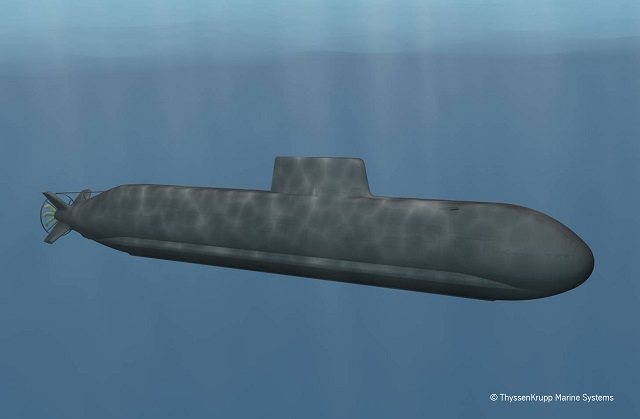A very interesting and thought-provoking article by the CNR Webmaster on Canadian submarine acquisition and political bungling by Canadian governments over the last 70 years. We never seem to learn from our mistakes on Naval procurements. In my opinion (IMO), once the Canadian Patrol Submarine Project (CPSP) is stood up by the RCN, one of its first mandates would be to immediately create a public document for the Canadian people explaining why Canada desperately needs to quickly proceed with a modern AIP submarine acquisition program, give them specific options and numbers required. There have never been so many options in the past as there are now. They must enlighten Canadians with the different types of modern AIP Submarines and specifically discuss submarine requirements for the future RCN submarine fleet with pros and cons of building them in Canada. There are now several types of ocean-going AIP submarines being built by France, Germany, Spain and Japan that may “fit the bill” where once there were no options at all. These include the 12 French Barracuda Block 1A class (based on their Suffern class SSN) now being built in Australia for the RAN by the French DCNS Group; the Spanish S80 Plus class being built by Spanish company Navantia; the Soryu 29SS class with Lithium Ion Battery (LIB) technology from Japan being built by
Kawasaki Heavy Industries and the German type 216 now being developed by ThyssenKrupp Marine Systems (TKMS). All have different AIP technologies, have displacements of over 4000 tons with pros and cons in all of these AIP designs. They all would however be game changers as future Canadian submarines. The Canadian Senate recommended to the government in 2017 to swiftly acquire 12 modern AIP replacements for the beleaguered Victoria class but the government quickly rejected that recommendation. Lets then have the Canadian people contribute to the RCNs recommendations to the government for its final decision and quickly push forward on this!
Apollo, 6 August 2021 So, the RCN is going to put itself through the submarine acquisition wringer again. Unfortunately, there is a sad history of such programs over the last 70 years; most of which, if not all, follow the same tedious pattern from which many lessons can still be learned.

www.navalreview.ca



